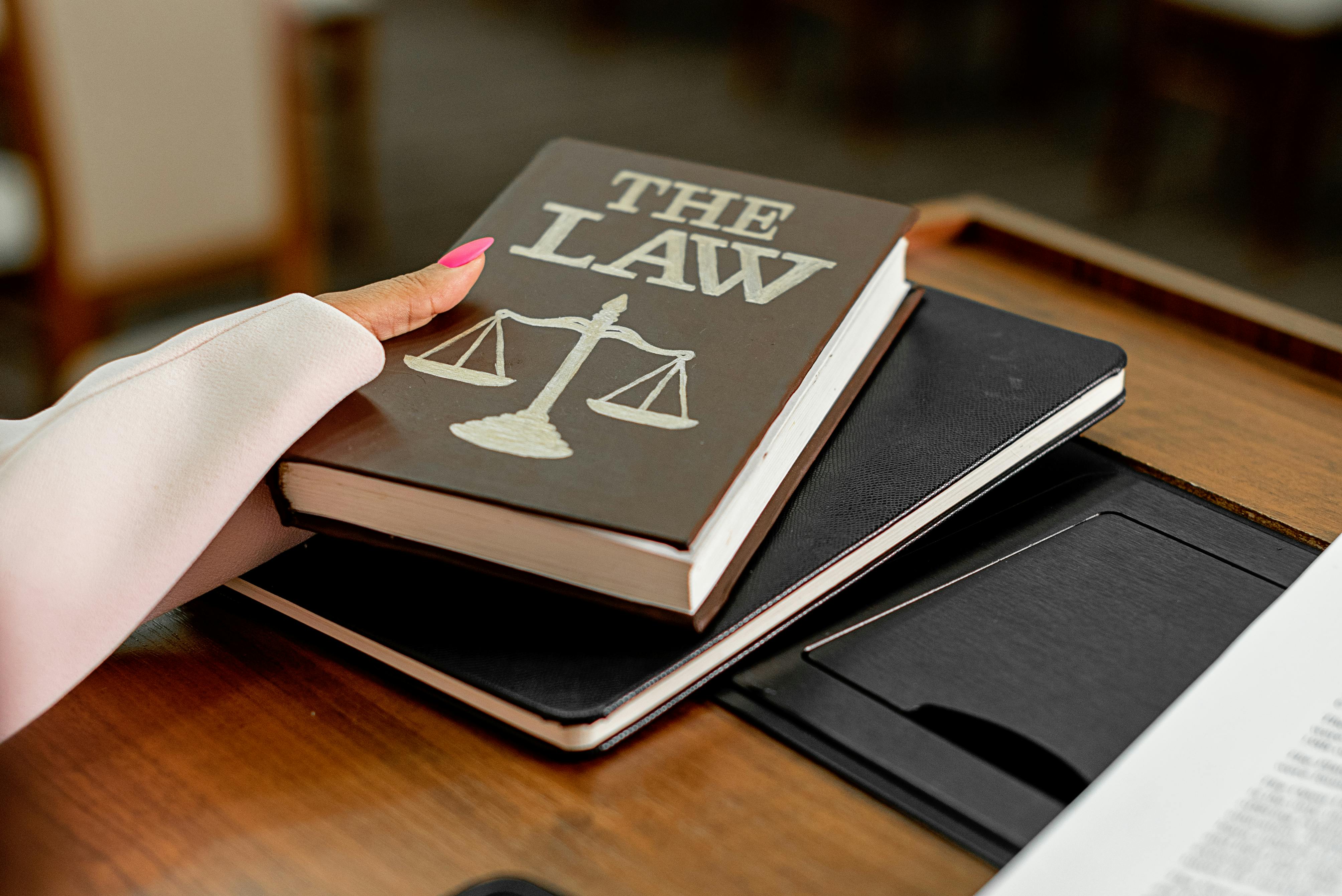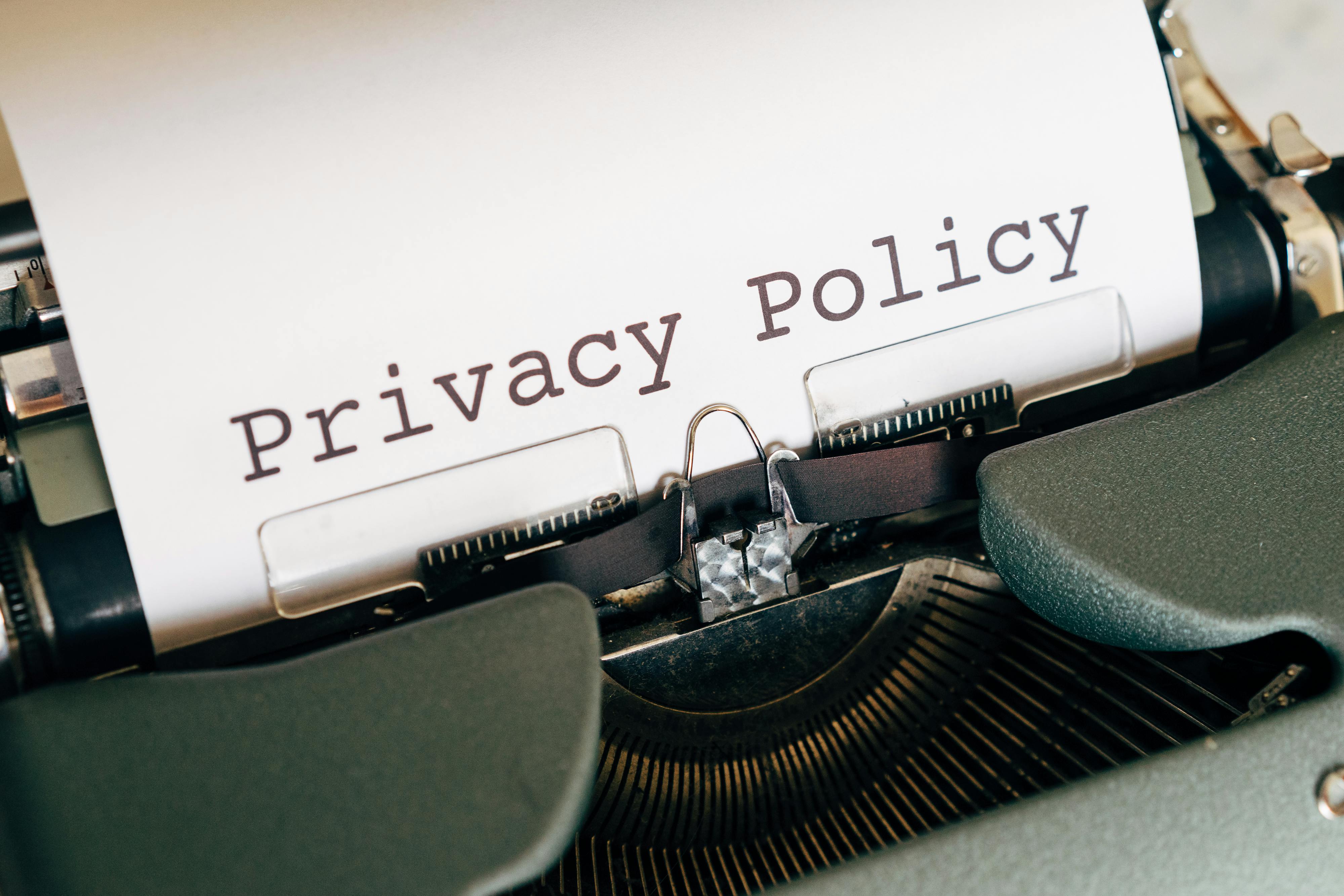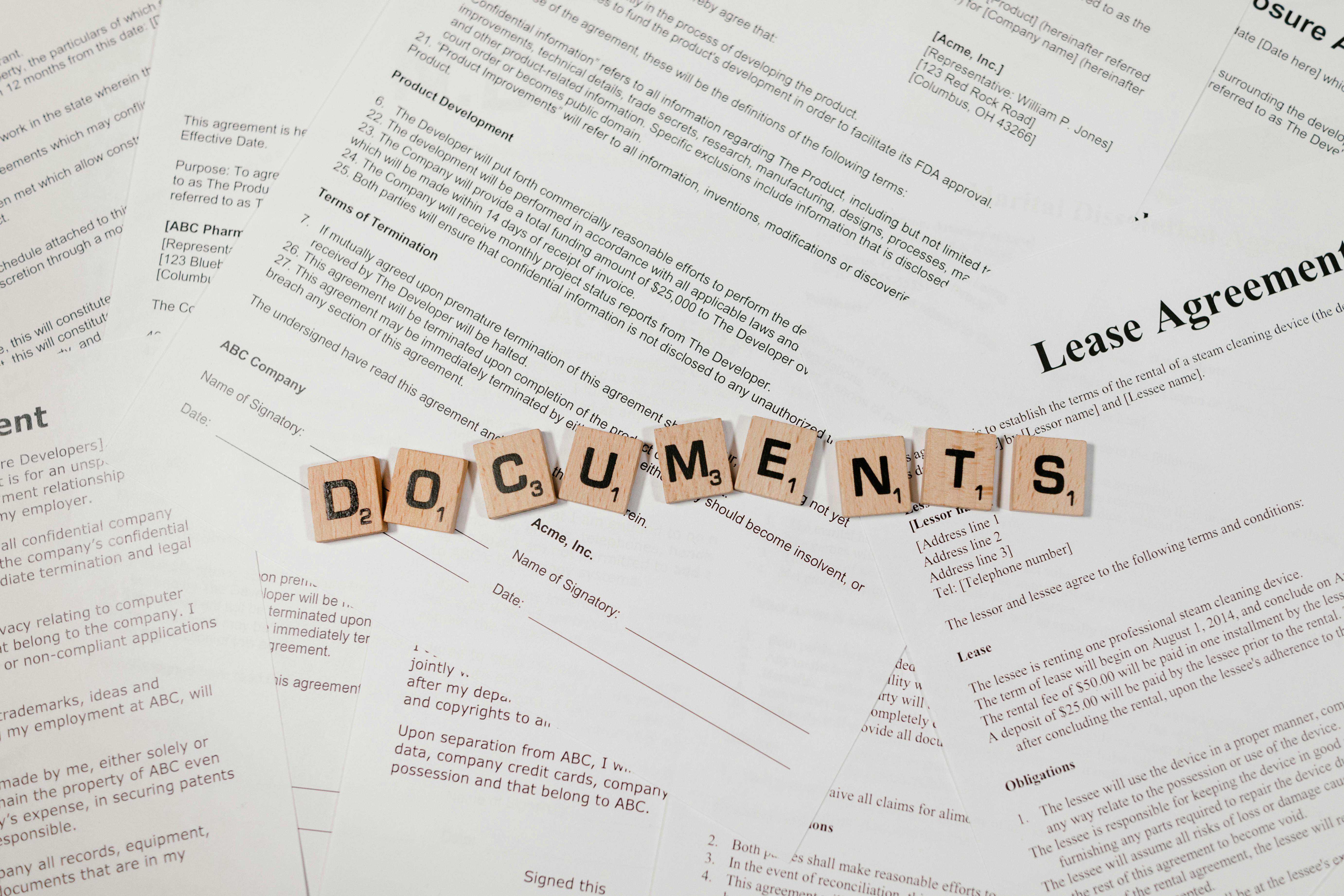The Essential Legal Support Plan for Startups: What You Can’t Afford to Ignore
• 02 Jun 25

“Startups run on vision, energy, and limited budgets. But skipping legal support isn’t saving money—it’s setting yourself up for expensive problems down the line.”
Introduction
When launching a startup, founders focus on product development, marketing, and fundraising—while legal matters often take a backseat. It’s easy to see legal costs as unnecessary, especially when budgets are tight. However, failing to get the right legal support early on can lead to costly disputes, investor roadblocks, or regulatory penalties that could sink the business before it even scales.
A well-structured legal support plan doesn’t have to break the bank, but it does need to cover the critical areas that can make or break your startup’s success.
This guide identifies essential legal areas where startups must seek support, explains why they matter, and highlights real-world consequences of ignoring them.
Why This Matters
◼ Avoiding Legal Problems is Cheaper Than Fixing Them – A poorly drafted contract or compliance mistake can cost more to resolve than to prevent.
◼ Investors Expect Strong Legal Foundations – If your company is a legal mess, investors will walk away.
◼ Regulatory Compliance is Not Optional – Whether it's data protection or employment laws, failing to comply can result in fines or lawsuits.
◼ Ignoring Legal Issues Can Kill a Startup – Many startups collapse not due to bad ideas, but because of legal disputes.
Critical Areas Where Startups Must Get Legal Support
Here are the areas where startups must not cut corners when it comes to legal support:
1. Company Formation & Shareholder Agreements
◼ Why It’s Critical: A poorly structured company can lead to internal conflicts and investment roadblocks.
◼ What to Do:
Choose the right business structure (e.g., Private Limited Company in Singapore).
Ensure a well-drafted Shareholders’ Agreement to prevent disputes between co-founders.
Register the business with ACRA and comply with regulatory filings.
◼ Case Study:
A fintech startup with three co-founders launched without a shareholder agreement. When one founder wanted to exit, there was no agreement on equity buyout terms—leading to a lawsuit and scaring away potential investors.
2. Intellectual Property (IP) Protection
◼ Why It’s Critical: If you don’t protect your ideas, someone else will—especially in competitive industries.
◼ What to Do:
Register trademarks, patents, or copyrights early.
Secure ownership of IP developed by employees and contractors.
Use NDAs (Non-Disclosure Agreements) to protect confidential business information.
◼ Case Study:
A fashion startup spent two years building a brand but didn’t trademark its name. A competitor registered the trademark first, forcing them to rebrand at great expense.
3. Employment & Contractor Agreements
◼ Why It’s Critical: Hiring without proper contracts can lead to disputes over salaries, equity, or IP rights.
◼ What to Do:
Draft employment contracts with clear terms on salary, benefits, and termination.
Ensure that freelancers and contractors sign agreements assigning IP rights to the company.
Comply with Singapore’s Employment Act.
◼ Case Study:
A tech startup hired a software engineer without a contract. The engineer left six months later—taking critical code with them—and claimed ownership. The company had to rebuild from scratch.
4. Fundraising & Investor Agreements
◼ Why It’s Critical: A bad funding deal can leave you without control of your own company.
◼ What to Do:
Use proper investment term sheets and shareholder agreements.
Understand dilution, liquidation preferences, and investor rights.
Ensure compliance with Singapore’s Securities Laws.
◼ Case Study:
A startup raised a Series A round with an investor-friendly liquidation preference of 3x. When the company was acquired, the founders walked away with almost nothing despite a multi-million-dollar sale.
5. Data Protection & Privacy Compliance
◼ Why It’s Critical: Mishandling customer data can lead to lawsuits and government fines.
◼ What to Do:
Comply with Singapore’s PDPA (Personal Data Protection Act).
Implement a Privacy Policy and Terms of Use on your website.
Ensure data security measures are in place.
◼ Case Study:
An e-commerce startup stored customer data without encryption. A data breach exposed thousands of users’ details, leading to regulatory fines and reputational damage.
6. Commercial Contracts & Vendor Agreements
◼ Why It’s Critical: A bad contract can trap your business in unfair terms.
◼ What to Do:
Ensure supplier and partnership agreements clearly define deliverables, payment terms, and termination rights.
Draft strong service agreements for clients.
Use properly worded Terms & Conditions for online transactions.
◼ Case Study:
A SaaS startup signed a contract with a vendor without a termination clause. The vendor failed to deliver, but the startup was locked into a 2-year contract with no exit option.
7. Exit & Mergers Considerations
◼ Why It’s Critical: When it’s time to sell or merge, legal mistakes can ruin the deal.
◼ What to Do:
Plan for exit strategies from day one.
Ensure company documents are investor/buyer-ready.
Prepare strong acquisition agreements.
◼ Case Study:
A startup was approached by a buyer, but due diligence revealed missing legal documents and poor IP protection. The buyer walked away, and the company collapsed months later.
How to Get Legal Support Without Breaking the Bank
◼ Prioritize Must-Have Legal Documents – Focus on critical legal needs first, such as company formation, contracts, and IP protection.
◼ Use Legal Tech & Templates – Online legal resources and customizable legal templates can reduce costs for basic contracts.
◼ Seek Fixed-Fee Legal Services – Some law firms offer startup-friendly legal packages to cover essential areas.
◼ Leverage Startup Legal Clinics – Many organizations offer free or discounted legal consultations for startups.
◼ Plan for Legal Costs in Your Budget – Treat legal expenses as part of your core operational costs, just like marketing or development.
How GLS Start Up – Changes the Game
Navigating the legal landscape is a critical yet challenging aspect for startups, often hindered by limited budgets and a lack of accessible, high-quality legal support.
Recognizing these challenges, GLS Startup offers tailored solutions that make essential legal services both affordable and straightforward for emerging businesses.
Affordable Legal Support Plans
GLS Startup provides a range of legal support plans designed to meet the diverse needs of startups at various stages:
◼ Kickstarter Plan: At $199 per hour, this plan offers foundational legal advice, ensuring startups receive essential guidance from the outset.
◼ Bronze Plan: Priced at $2,999 per year, this plan includes access to essential legal documents and establishes a foundational relationship with a legal director, offering a watchful eye over the startup's legal needs.
◼ Silver Plan: For $7,499 per year, startups gain a dedicated legal director who proactively sets up the basic legal functions, with capacity to execute necessary legal work, effectively acting as an in-house legal department.
◼ Gold Plan: At $14,999 per year, this plan provides a proactive legal director and extensive resources to execute a comprehensive legal strategy, supporting startups on the move.
◼ Platinum Plan: For $29,999 per year, startups receive complete legal support, advanced tools, and expert guidance to safeguard and scale with confidence
These plans ensure that startups can access world-class legal support without the prohibitive costs typically associated with traditional law firms.
Comprehensive Legal Tools and Resources
Beyond support plans, GLS Startup offers over 200 legal products specifically crafted for startups, including:
◼ Legal Template Solutions: Access to necessary legal documents.
◼ Legal Checklist Solutions: Guidance on pertinent legal issues.
◼ In-House Lawyers: Availability of additional in-house legal capacity.
◼ Other Startup Resources: Additional legal support resources.
These resources empower startups to address legal requirements efficiently, allowing founders to focus on core business activities.
Expertise and Accessibility
GLS Startup's solutions are built and delivered by lawyers from reputable firms like DLA Piper and Linklaters, ensuring startups receive top-tier legal guidance.
The platform's tech-enabled approach allows for quick, reliable, and expert legal services, enabling startups to operate with confidence and agility.
By integrating GLS Startup's affordable plans and comprehensive resources, startups can establish a solid legal foundation, effectively mitigating risks and setting the stage for sustainable growth.
Final Thoughts
Legal issues can seem like a low priority when you’re busy growing a startup, but ignoring them can be a fatal mistake. The right legal support at the right time can save you from costly disputes, lost investors, and regulatory trouble.
Startups don’t need a full-time legal team, but they do need a smart legal strategy. By prioritizing critical legal areas, using affordable legal solutions, and getting advice when it truly matters, you can protect your business while staying lean.
The best time to get legal support is before you desperately need it.




























































